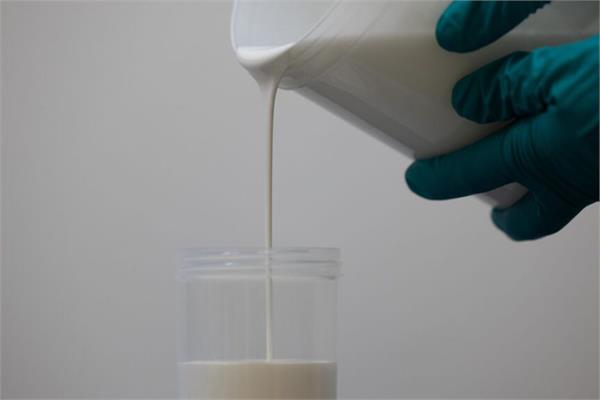
The new waterborne self-cooling paint developed by SRI researchers can reflect the sunlight and radiate excess heat out into space.
The SRI researchers have recently developed an energy-efficient, self-cooling water-based paint that reflects sunlight and radiates excess heat into space. It is easier to use and less expensive and produces fewer potentially harmful volatile organic compounds (VOCs) than solvent-based formulations, as well as being free of PFAS.
“The active cooling solutions we have today are not sustainable and will not be adequate going forward. A passive cooling solution like this is particularly valuable because it is cheaper and more accessible than air conditioning,” has commented Anish Thukral, a research scientist and materials engineer at SRI who is leading the development of this solution.
The new paint contains pigments that can achieve cooling in two ways:
- By reflecting 96% of the sunlight, meaning the painted surface absorbs very little solar heat.
- By radiating heat into the clear atmospheric window, a specific band of infrared wavelengths known to pass easily through the planet's atmosphere.
Because these wavelengths do not interact with anything in the atmosphere, the researchers used the temperature difference between the paint and cold outer space to dissipate heat, showing that the paint cools a surface by up to 10 °F (-12 °C) above below ambient air temperature, and 23 °F (-5 °C) below its uncoated counterpart.
The researchers plan to use this solution on roofs to lower the temperature of buildings, on vehicles to keep interiors cool or on playground structures so that children can use them even on the hottest summer days. In addition, they expect one of the new paint's application fields to be in outdoor electrical boxes, such as those connected to cell towers, which must be able to regulate internal temperatures to protect the sensitive and expensive electronic equipment inside. In many cases, natural ventilation or cooling fans are not enough to combat extreme heat, and air conditioning can cause condensation to the detriment of electronics. So, the new passive cooling paint helps to maintain temperatures within safe operating ranges, protecting these systems and potentially extending their life.
“We have good adhesion on multiple surfaces. It works on rigid and flexible substrates, it has a similar resistance to abrasion as commercial paint would have and, if it gets dirty, you can wash it with water. We are trying to get this paint out into the world. It could have an impact on a very broad population,” has concluded Thukral.